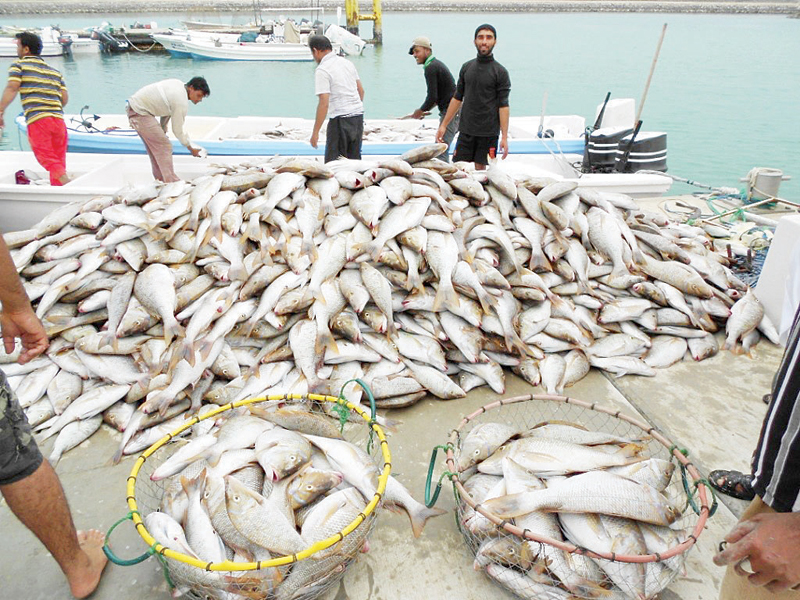

@conradprabhu
Bolstered by strong investments in new fisheries infrastructure and support programmes, fish production in the Sultanate soared a robust 38 per cent to nearly 800k metric tonnes last year, up from RO 580k MT in 2019.
The strong growth in output attests to efforts by the Omani government, represented by the Ministry of Agriculture, Fisheries and Water Resources (MAFWR), to position the fisheries sector as a key driver of economic diversification and GDP growth.
Also contributing to this strategic effort are a number of public and private sector entities, including Fisheries Development Oman (FDO) and Oman Fisheries Company.
According to the latest report of the National Centre for Information and Statistics (NCSI), the contribution of the traditional fisheries segment amounted to 755k MT, representing around 95 per cent of total production in 2020.
This compares with a total contribution from the traditional fisheries segment of 555k MT in 2019, representing a growth of 36 per cent.
The commercial fisheries segment, which has burgeoned on the back of investments by Fisheries Development Oman and Oman Fisheries, among others, saw its share surge 98.9 per cent to 39,882 MT in 2020, up from 20,054 MT in 2019.
Coastal fisheries contributed 4,176 MT last year, up from 3,921 MT a year earlier.
Of the 755k MT produced by the traditional fisheries segment last year, around 60 per cent (451k MT) comprised small pelagic fish species. Making up the rest were large pelagic fish species (166k MT), demersel fish (108k MT), sharks and rays (6,816 MT), crustaceans and molluscs (18k MT), and other fish types (5k MT).
In value terms, the approximate first sale value of the total catch – covering traditional, commercial and coastal fishing harvests – amounted to RO 349.8 million in 2020, up from RO 302.6 million in 2019, representing an increase of 15.6 per cent.
Fisheries output is projected to rise year on year as an array of initiatives and projects are being implemented to boost production and thereby spur opportunities for job creation, value-add processing and ultimately GDP growth as well.
Oman Observer is now on the WhatsApp channel. Click here



